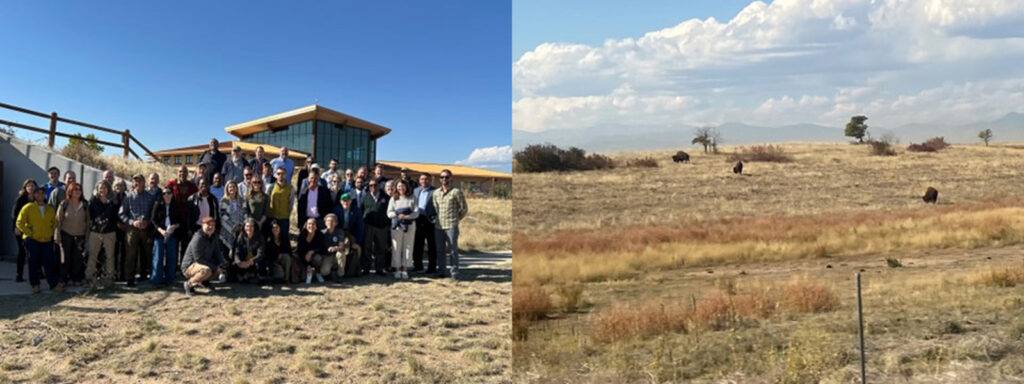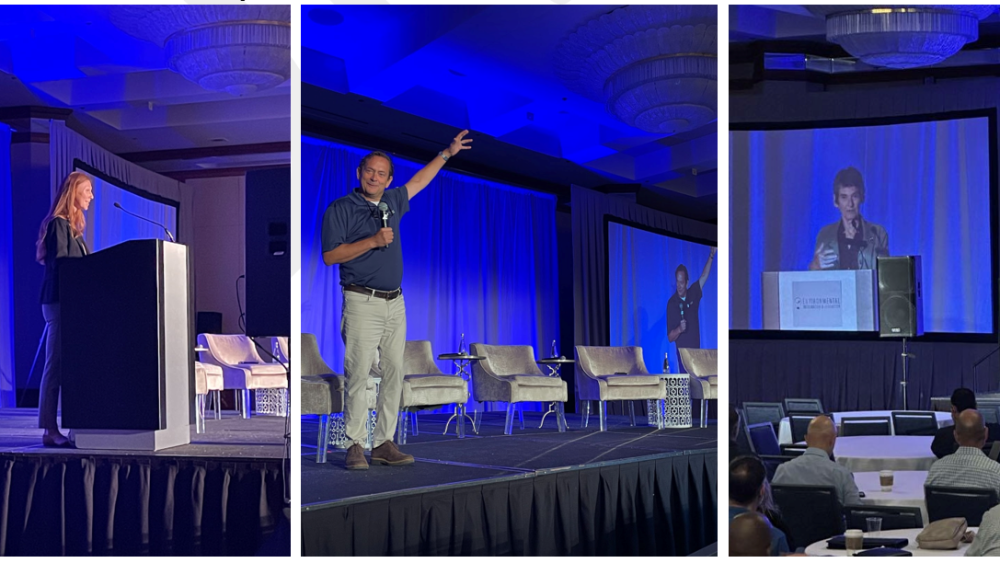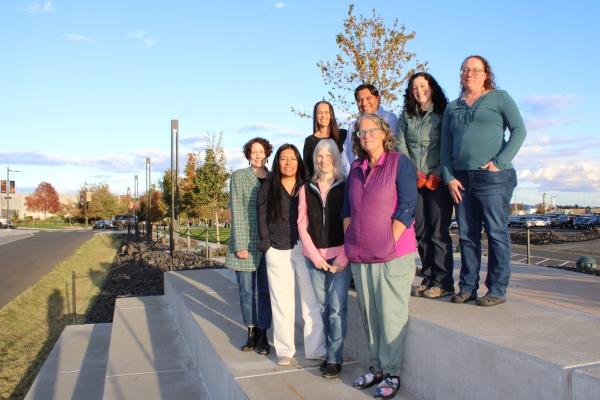
On October 16, E-Enterprise Leadership Council (EELC) members visited Denver’s Rocky Mountain Arsenal (RMA) National Wildlife Refuge to learn about the former Superfund site and witness ongoing wildlife restoration efforts.
David Connolly, EPA Remedial Project Manager, shared the history of the site’s transformation from one of the most contaminated areas in the United States to the current 15,000-acre refuge, one of the largest urban environmental restoration centers in the country. Originally Comanche, Apache, and Ute tribal land, in the 1800s the territory was taken over for agricultural use. The U.S. Army classified the area as an arsenal for chemical and other weapons in 1942, and it remained a military installation through the Vietnam war era. Certain areas were also leased to the Shell Chemical Company to produce agricultural chemicals. All production on the site ceased in 1982.
A site evaluation in the 1980s found contamination of soils, structures, and groundwater by more than 600 chemicals and placed RMA on the Superfund National Priorities List in 1987. Following the discovery of bald eagles, Congress designated the site as a national wildlife refuge in 1992. Completed in 2010, site remediation accounted for climate threats such as drought, localized flooding, and prolonged precipitation, and included a land cap drainage system, designed to withstand a 1,000-year, 24-hour storm event.
Alfredo Carbajal, a U.S. Fish and Wildlife Service (USFWS) Urban Park Ranger, described prescribed burns conducted at RMA to restore the ecosystem, as well as the USFWS comprehensive conservation site plan, addressing drought conditions among other climate impacts. Carbajal emphasized the refuge’s critical role as a home to over 300 species of wildlife, including endangered species such as black-footed ferrets, monarch butterflies, bison, and bald eagles.
See more information from EPA on approaches for building climate resilience at Superfund sites.





